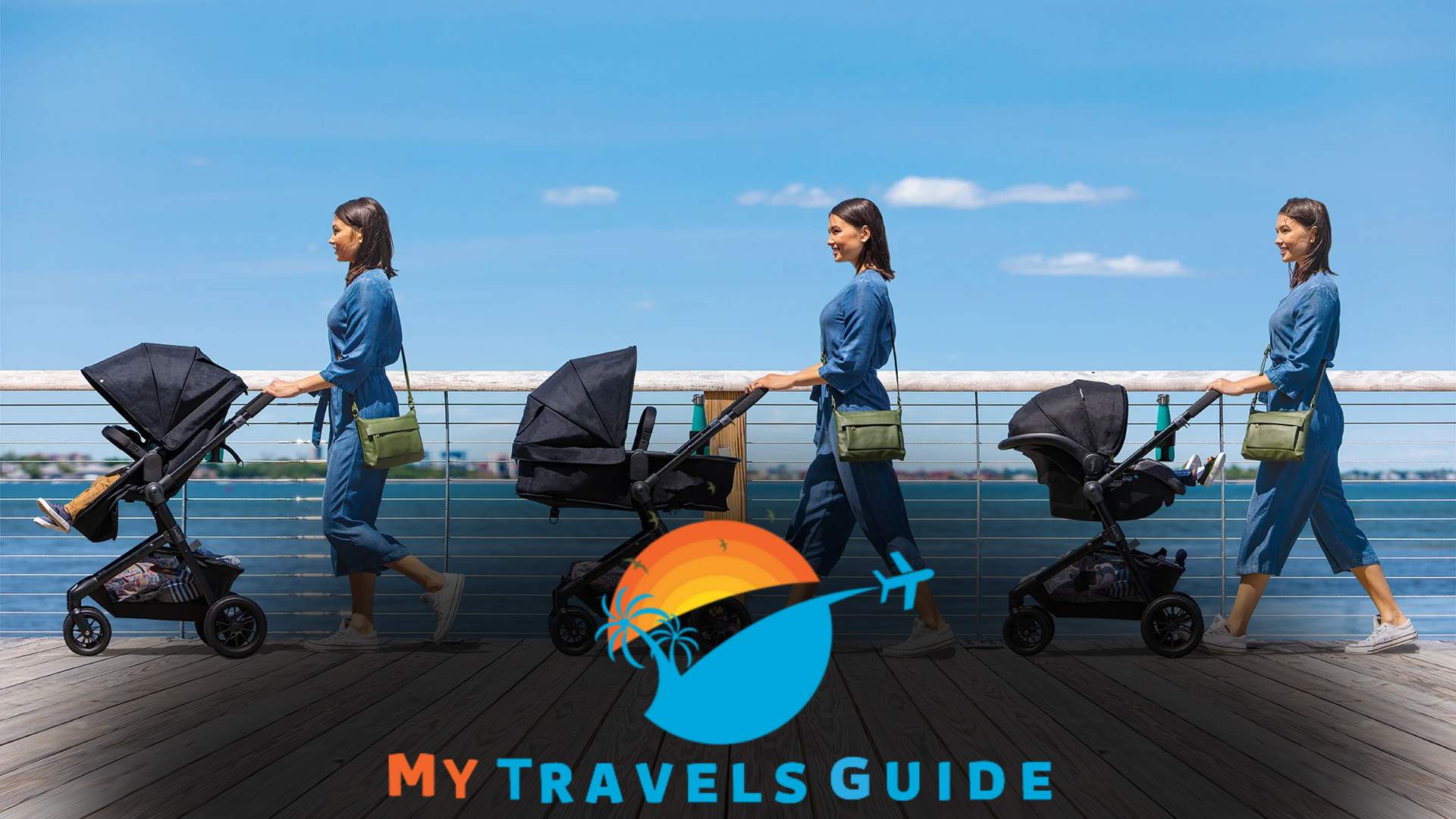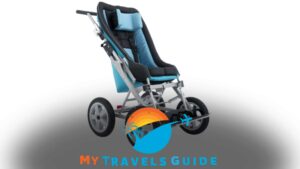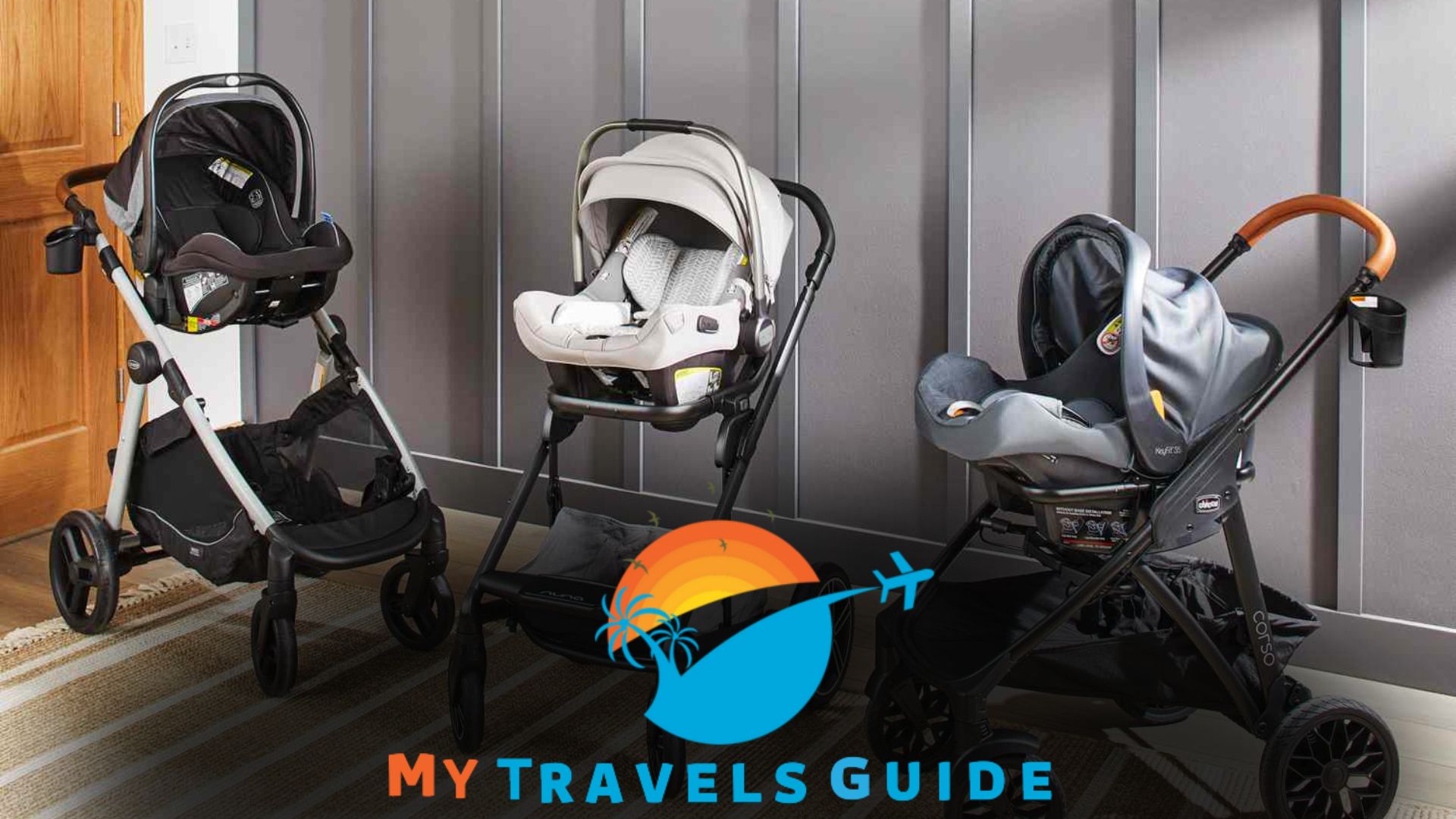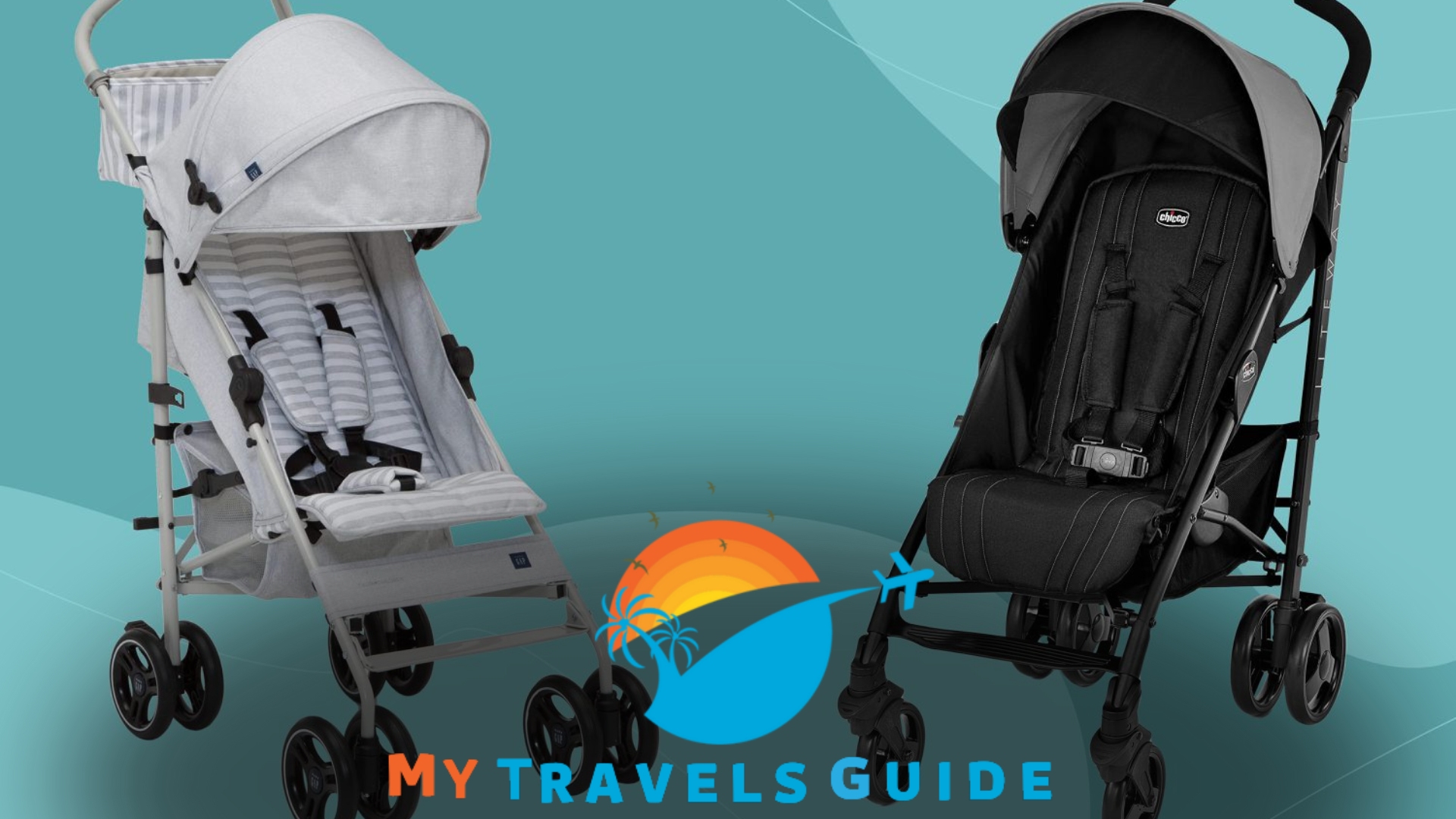In this article:
Kids typically stop using strollers between 3 and 5 as they gain more independence and start walking independently. Children developing their motor skills and becoming more confident in navigating their surroundings may no longer need a stroller.
The Benefits of Using Strollers for Young Children

Strollers offer parents and caregivers a convenient way to transport their young children. They provide a safe and secure environment, ensuring the child’s well-being while on the move.
This allows parents to efficiently multitask and handle other responsibilities without compromising the child’s safety.
Strollers also offer a practical solution for parents needing to travel longer distances or navigate crowded areas. They provide a comfortable and reliable mode of transportation, allowing parents to go about their daily activities quickly.
Strollers are designed to meet the needs of growing children, offering adjustable features and options that cater to their development.
With the benefits of strollers, parents can enjoy the added convenience and peace of mind regarding their child’s transportation.
For a comprehensive guide on umbrella strollers and the appropriate age range, check out What Age Are Umbrella Strollers For?
Signs That Your Child May Be Ready to Transition Out of a Stroller
Transitioning out of a stroller is a milestone for kids, indicating their growing independence. As they develop improved walking skills and stamina, they may desire to walk more and rely less on the stroller.
You may notice them demonstrating their independence by wanting to explore their surroundings on foot.
Additionally, they may express discomfort or resistance to sitting in a stroller, preferring to use their own two feet. These signs indicate your child is ready to move away from the stroller and embrace their newfound mobility.
Remember, every child is different, so observing your child’s cues and making the transition at their own pace is essential. Recognizing these signs and supporting their progress can help your child embrace their journey towards greater independence.
Factors to Consider When Deciding When to Stop Using Strollers
One factor to consider when deciding when to stop using strollers is the age and physical development of the child. Children’s capabilities vary, so assessing if they can walk longer distances without getting tired is vital.
Additionally, the distance and duration of outings play a role.
If the family frequently goes on long walks or outings, the child may be likelier to continue using a stroller for comfort and rest. Safety and supervision concerns are also significant in different environments.
For instance, a stroller can provide a secure way to keep the child close in crowded areas or near busy roads.
Ultimately, deciding when to stop using strollers should be based on the child’s needs, family preferences, and circumstances.
To enhance your travel experience further, learn valuable tips on packing sunglasses for safe and stylish storage.
Tips for Transitioning to No Stroller
Transitioning to no stroller is a gradual process where you encourage and motivate your child to walk independently. Instead of relying on strollers, you can explore alternative transportation methods like scooters or bicycles.
This allows your child to develop motor skills and gain confidence in their abilities.
Reducing stroller use during outings allows your child to explore their surroundings, engage with their environment, and enjoy the benefits of physical activity.
They gradually rely less on strollers as they become more comfortable walking, leading to a smooth transition to no stroller.
Patience and support are critical during this transition, as every child develops at their own pace. Following these tips can help your child quickly transition to a stroller-free lifestyle.
Common Challenges and How to Overcome Them
Kids generally start to stop using strollers around the age when tiredness and frequent breaks during walks become less of an issue. At this stage, they may also resist walking and insist on using the stroller.
It can be challenging, especially when dealing with public transportation and crowded areas.
However, overcoming these challenges is possible with patience and gentle encouragement. Keeping them engaged with activities and distractions during walks can help alleviate their fatigue.
Gradually reducing their reliance on strollers and allowing them more independence in walking can also build their confidence.
Ultimately, every child is different, and it’s essential to understand their needs and progress at their own pace. Embracing this transition can be a rewarding experience for both kids and parents.
Promoting Physical Activity and Independence

Encouraging outdoor play and active games can promote physical activity and independence in kids. By providing opportunities for children to engage in outdoor activities, parents can instill a love for movement and exercise.
Building confidence in independent walking skills is crucial in helping kids transition away from strollers.
Parents can achieve this by gradually reducing the reliance on strollers and encouraging children to explore their surroundings on foot. Establishing walking routines and incorporating exercise into daily activities enhance physical activity levels.
Simple tasks such as walking to school, taking family hikes, or playing active games in the backyard can make a significant difference.
By nurturing an active lifestyle early, parents can help their children develop healthy habits and enjoy the benefits of physical activity.
If you’re curious about the comfort and suitability of Hey Dude shoes for walking, explore the insights in Are Hey Dudes Good Walking Shoes?
Safety Considerations for Walking Without a Stroller
Safety considerations for walking without a stroller include using appropriate safety gear like reflectors and helmets. So, parents should teach road safety and pedestrian rules, providing guidance and supervision during walks.
It’s essential to ensure children are well-prepared to navigate their surroundings and understand the importance of staying safe while walking.
By implementing these safety measures, parents can gradually transition their children from strollers to walking independently. This helps nurture their growth and development while instilling responsible habits and awareness of their surroundings.
So, remember the safety aspects and equip your child accordingly before transitioning from a stroller to walking.
Maintain a watchful eye and teach them valuable road safety lessons to ensure their well-being while on foot.
Emotional and Psychological Aspects of Transitioning From Stroller to Walking
Transitioning from strollers to walking has significant emotional and psychological implications for kids. Boosting their self-esteem and feelings of accomplishment is crucial during this period.
Addressing separation anxiety and the fear of getting lost helps ease their worries. Effective communication is key to addressing any concerns or fears they may have.
Giving reassurances and providing guidance during this transition helps build their confidence. Encouraging them to take small steps and celebrating their achievements can further enhance their sense of accomplishment.
It is important to approach this milestone with patience, understanding, and support, allowing them to gradually transition to walking independently.
By prioritizing their emotional and psychological well-being, we can ensure a smoother and more positive transition from strollers to walking for our little ones.
When to Keep Using Strollers for Special Situations
Kids typically stop using strollers at different ages and in various situations. Strollers can still be quite helpful for extended outings or when traveling in crowded places.
Likewise, children with disabilities or medical conditions may require continued use of strollers for added comfort and support.
Additionally, strollers can be handy when parents need to carry additional items or younger siblings. The decision to keep using strollers in particular situations is personal, depending on the child’s needs and the parents’ circumstances.
Caregivers need to assess the situation and determine if a stroller would be beneficial and practical.
As children grow and become more independent, they may naturally outgrow the need for strollers in most everyday situations, but special circumstances may still warrant their use.
Transitioning to Public Transportation and Car Travel
Transitioning from strollers to using public transportation and cars can be a significant milestone for kids. Preparing them for buses, trains, and planes is essential.
Safety and comfort during car travel without a stroller are crucial to ensure a smooth transition.
Navigating through airports and handling luggage without a stroller can be challenging but can be made easier with careful planning and organization.
Helping kids feel comfortable and secure in these travel situations will build their confidence and independence. Whether it’s taking a bus or a plane, preparing kids for these experiences will allow them to adapt to different modes of transportation smoothly.
Children can transition seamlessly to using public transportation and cars without relying on strollers with proper guidance and support.
Conclusion
As children grow older, their need for strollers gradually diminishes. While there is no definitive age when kids stop using strollers, it typically occurs between the ages of three and five.
This transition often coincides with improvements in their motor skills and desire for independence.
Parents can observe their children’s readiness by monitoring their walking ability, stamina, and willingness to exert effort during outings.
Parents need to remember that each child is unique, and their readiness to give up the stroller may vary.
Open communication with the child, understanding their preferences, and respecting their physical abilities are vital.
As children outgrow their strollers, they may explore the world through walking, running, and exploring without relying on a stroller for support.
Supporting this milestone with positive reinforcement and appropriate safety measures will foster their growth and development.









